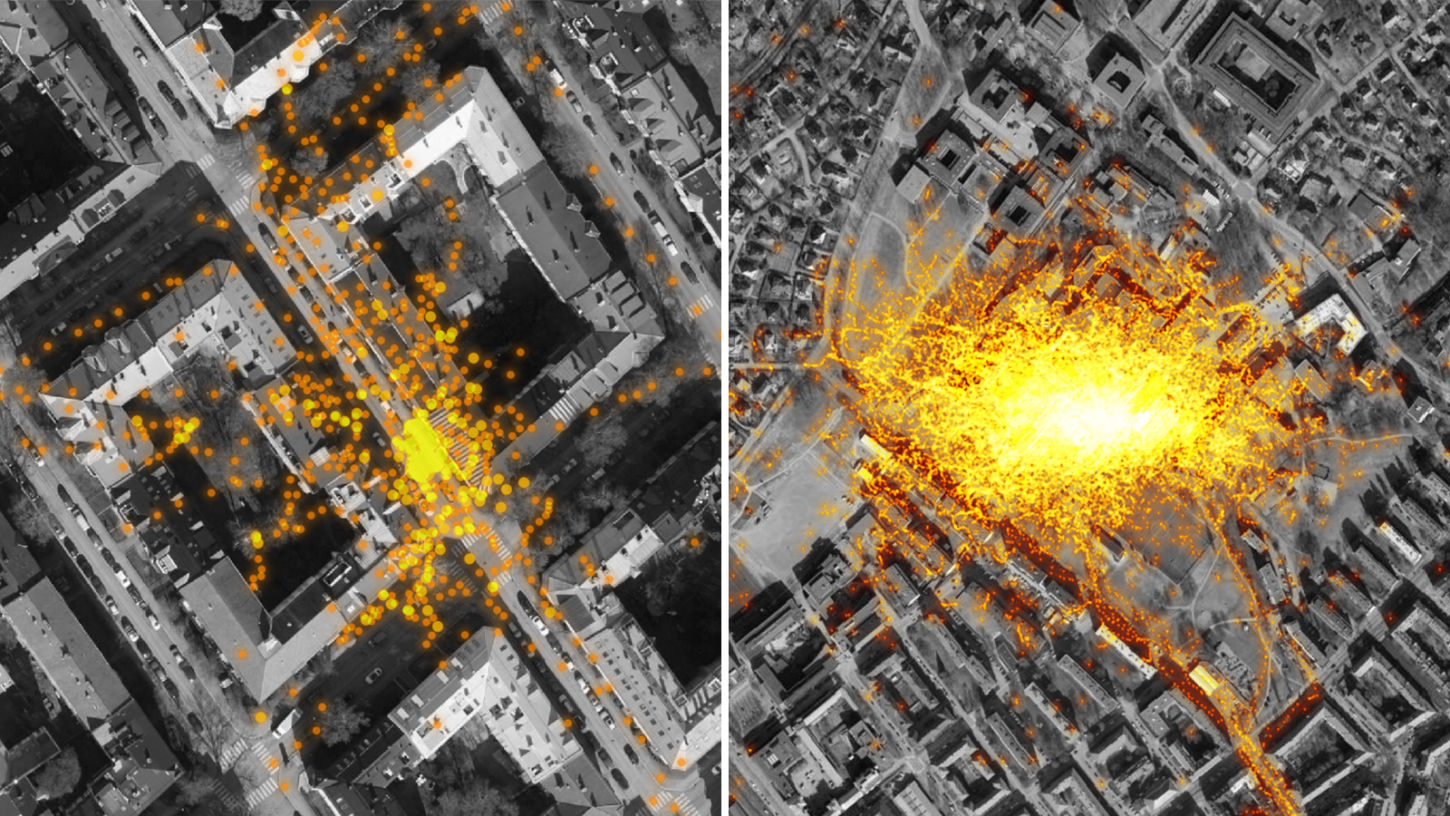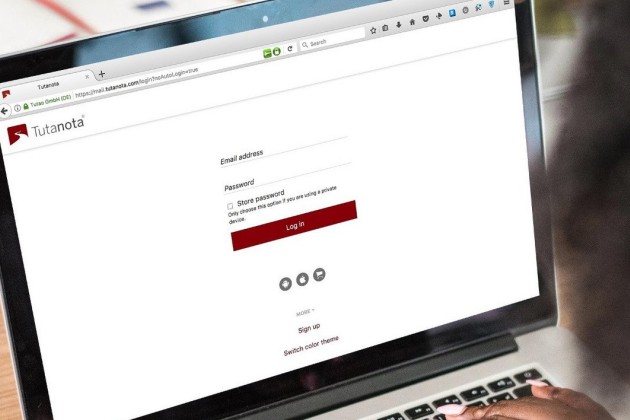
“In an interview with DoppelPaymer, the ransomware gang confirmed that they attacked Foxconn’s North America facility on November 29th but did not attack the whole company. As part of this attack, the threat actors claim to have encrypted about 1,200 servers, stole 100 GB of unencrypted files, and deleted 20-30 TB Of backups. « We encrypted NA segment, not whole foxconn, it’s about 1200-1400 servers, and not focused on workstations. They also had about 75TB’s of misc backups, what we were able to – we destroyed (approx 20-30TB), » DoppelPayment told us about the attack. In a statement to BleepingComputer, Foxconn confirmed the attack and said they are slowly bringing their systems back into service.”
Source : Foxconn electronics giant hit by ransomware, $34 million ransom









